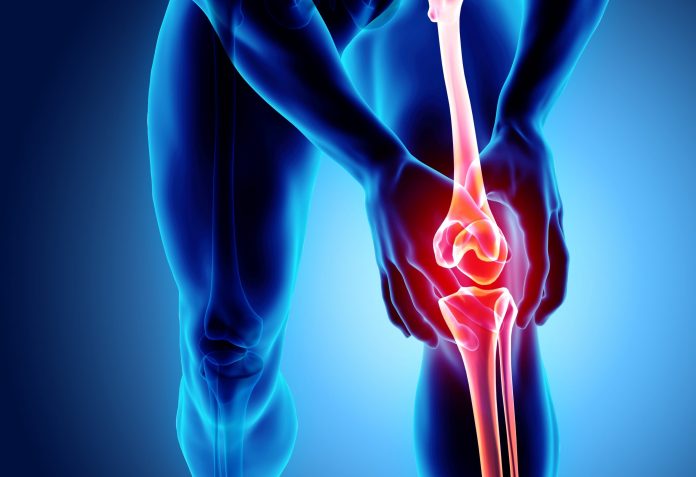Knee replacements are a significant burden on society and individuals, and now a new major global systematic review of knee osteoarthritis (OA) published in Arthritis Care Research has shed light on the workplaces that put workers at increased risk of OA.
The study by the Universities of Sydney, Oxford and Southampton – the biggest meta-analysis and systematic review of its kind – comprised 71 studies and almost one million people and found increased risk of knee OA among agriculture workers, construction workers, miners, service workers, houseworkers and cleaners.
“Knee osteoarthritis is a leading cause of loss of work and disability worldwide, and can necessitate invasive surgery, including total knee replacement, so preventing occupational hazards is critical,” says senior author, Professor David Hunter of the University of Sydney’s Florance and Cope Chair of Rheumatology, Institute of Bone and Joint Research in the Kolling Institute.
“The burden is increasing, with projections of osteoarthritis that affects one in eight people jumping 50% within 15 years, in large part attributable to lifestyle issues such as growing rates of obesity and reduced exercise.”
Lead author, Dr Xia Wang, also from the Institute of Bone and Joint Research, Faculty of Medicine and Health adds: “With people working and living longer, knee osteoarthritis is an area of concern even in service-focussed developed nations, including in mid-risk occupations such as cleaning and full-time, unpaid housework and caring.”
Occupations at increased risk
The study found that the following occupations and activities put people at increased risk of OA:
- Floor-layers, bricklayers and carpenters have approximately 2.5 times increased odds compared to sedentary workers.
- Agricultural workers have up to 64% increased odds.
- Builders and construction workers have increased odds of 63%.
- Houseworkers (unpaid) have up to 93% increased odds.
Other activities identified as increased OA risk include excessive kneeling, squatting, standing, lifting and climbing stairs.
Occupations like commerce, forestry, fishery, machine operators, plumbers, electricians, technicians and postal workers were not found to be statistically significantly associated with knee OA.
“Our collaborative work has been critical in understanding the relationship between work-place physical activities and knee osteoarthritis.
“We hope these findings help guide the future development of work-place personal protective equipment,” says Dr Thomas Perry, co-lead author and postdoctoral researcher at the Nuffield Department of Orthopaedics, Rheumatology and Musculoskeletal Sciences, University of Oxford.
To read the study, visit: onlinelibrary.wiley.com/doi/10.1002/acr.24333.










